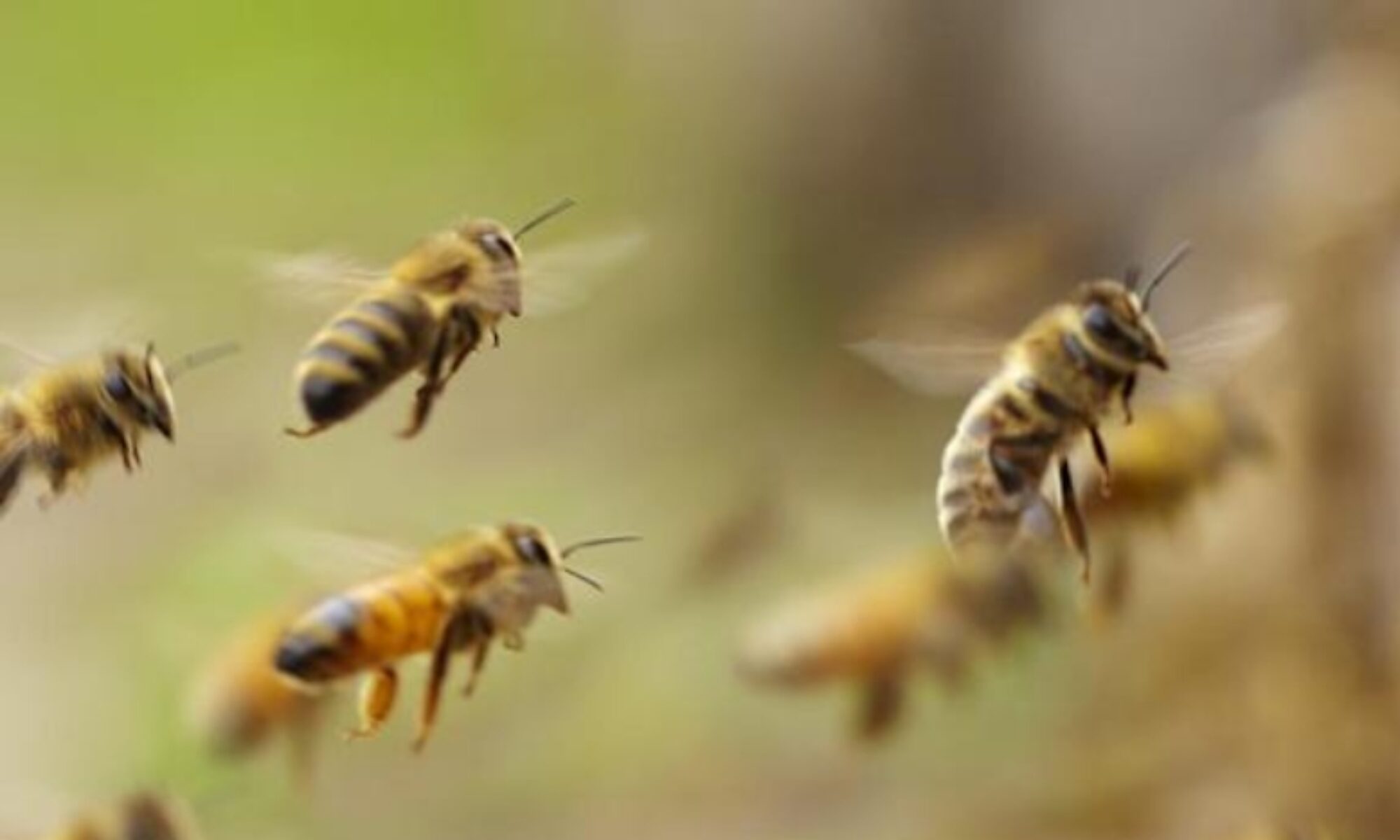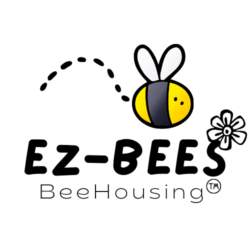Beekeeping Methods, helpful or harmful?
Context
Hive survival across backyard, small and large-scale bee keepers is only 55%. Survival has not improved significantly in the past 18 years despite studies, pesticides, antibiotics, feeding and other modern techniques. What if our modern treatment methods, developed mainly in the past 70 years are part of the problem? This study will attempt to answer that question in a wide range of environments.
Study Goals
First, can bees be economically attracted and housed without buying bees? What factors influence our ability to attract and acquire swarms by climate zone and in urban, suburban and rural areas. What sort of acquisition success can we expect.
Second, can attracted bees survive with minimal attention, at or above national bee survey rates year after year?
There have been innumerable ways to partner with bees across the pages of history. In spite of the importance of bees as pollinators and the millions of beehives in operation, few studies examine the contrast between older, more traditional methods compared with modern actively managed, treated (miticide, fungicide, pesticide, antibiotic) and fed (processed sugar and soy protein) methods. The goal of this study is to focus on this contrast, HOUSING bees vs KEEPING bees.
A central dispute between ‘natural’ and ‘treating’ beekeepers is how best to handle veroa mites. ‘Treating’ beekeepers suggest that without pesticides the bees will all die. ‘Naturals’ say treatment strengthens the mites and weakens the bees. Treatment is a variable, but mite count testing will be encouraged.
A factor we wish to rule out in this study is the style of hive. For this reason, we have developed a very simple ‘housing’hive, patterned after designs originally conceived by George de Layens in the late 1870s. There are millions of Layens hives (with variation) mainly in France, Spain and Eastern Europe. The hives are moderately insulated, similar to ‘poly’ hives used in UK, EU and USA. The insulation level is similar to that recommended by Fedor Lezutin, Keeping Bees With A Smile and by Dr. Thomas Seeley, The Lives of Bees: The Untold Story of Bees in the Wild.
Study Specifications
Since we are looking for a wide range of participants and locations, no one group can manage all the hives. Further, to establish control groups, it is important that some modern beekeepers use these hives; buy, feed and treat bees while keeping the study informed of their methods and results. However, the majority of the bee houses will be distributed to participants who have little or no beekeeping experience. Can gardeners house bees? Can urban balconies or vacant lots allow bees to flourish?
The response to our study concept has been surprising and global. For that reason, we’re going to be taking the time to survey existing Treatment-Free beekeepers who have expressed interest. This will help establish a current-practices benchmark. Going forward, we will seek to establish a community to establish beehousing for re-wilding, creating a treatment-free bee population for when the mite pesticides are no longer effective.
Participant Requirements
- Participants must be careful, serious people who are capable of interaction with study reporters.
- Participants will be asked to submit a brief essay about why they are interested in honey bees.
- Additional Information: such as address, setting (urban, suburban, rural), agriculture (city, farm, forest, mountain, desert), bee, gardening, bird-watching, etc. experience, education level will also be asked.
- Participants will be encouraged to perform mite-count procedures approx. 2-3 times per year. (training will be provided) Reporting their results.
- Participants will be asked to submit a brief essay about why they are interested in honey bees
- Participants will be asked to check on local beekeeping ordinances (and send them in). We will provide study FAQ information which can be printed and distributed to near neighbors. Participants are strongly encouraged to notify neighbors, at least once bees move into their study houses.
- Participants will be expected to contribute pictures, videos and stories about their bee housing success.
- Participation commitment will be for 3 years.
- Year 1 to acquire bees,
- Year 2 to assess survival and
- Year 3 to evaluate thriving and perhaps even honey surplus.
- Participants will be asked to contribute to the study funding (though several organizations have expressed interest in funding all or part of this tuition).
Study Results
The preliminary results will be shared with all participants and participating organizations.

